Fatehpur Sikri was worked by Emperor Akbar in the fifteenth century. He later deserted this is on the grounds that the water was scant and moved the funding to Agra. From that point forward, Fatehpur Sikri has been a phantom town. He assembled this town to respect the Sufi holy person Salim Chisti. The whole city is inherent the Indo-Mughal structural style. There are numerous spots to visit in this city that talk about its rich history and unbelievable engineering. He assembled this city after his triumphs against Rajputs in Rajasthan. This is an UNESCO world legacy site. The vast majority of the landmarks are implicit red sandstone.
Tabel Content
1. Why Was Fatehpursikri Built?
Head Akbar fabricated the Fatehpur Sikri in the fifteenth century to connote his triumph over the missions over the Rajasthan and Gujarat crusades. He likewise assembled this town in the honor of the Sufi holy person Chisti. He later needed to relinquish this city as it had water issues in the sixteenth century and moved his cash-flow to Agra.
2. When Was The Fatehpursikri Built?
Fatehpur Sikri was worked between the period 1571 to 1585. The landmarks inside this town which is a piece of the Agra area are inherent the Indo-Islamic-Persian style of engineering. This is currently an apparition town and it is reputed that a couple of landmarks inside this town are likewise spooky.
3. Fatehpur Sikri Architecture
Inside the town of Fatehpur Sikri, there are numerous castles, edifices, yards, mosques, fake lakes, stylized entryways, and many intriguing locales that have dazzling antiquated design. Every one of the landmarks inside the town are made in red sandstone. The whole city was inherent 3 years under the management of Emperor Akbar. Jama Masjid, which is the biggest mosque in India is a piece of the fantastic buildings inside the city. The landmarks inside the city are implicit the Indo-Islamic style of engineering.
Inside these landmarks, there are numerous complicatedly cut columns, and a large portion of the landmarks are mathematically lined up with one another. This is probably the best illustration of an all around arranged city that has an organized engineering and plan. The vast majority of the constructions have fancy plans and engineering delights. The columns, inner and outside structures are expressive and complicatedly cut.
4. What Is Fatehpursikri Famous For?
There are numerous vacation spots in the city. Most mainstream landmarks that individuals visit inside the city are the Diwan-I-Khan, Diwan-E-Aam, Jama Masjid, Buland Darwaza, Tomb of Salim Chisti, PanchMahal, and numerous other heavenly landmarks, nurseries, and patios inside the great buildings of the city.
5. Best Places To Visit In Fatehpur Sikri
5.1 Bulanddarwaza
This is an eminent entryway that is at the foundation of Jama Masjid. It is exceptionally resplendent and underlying the Indo-Islamic style. It is implicit red sandstone. The perplexing carvings inside this mammoth entryway are made in white and dark marble. This is a five-storeyed door and is situated towards the South of Fatehpur Sikri. This entryway is 176 feet high. The development of this entryway was finished in 12 years. Engravings of the Holy Quran are composed on the dividers of this door. It's anything but a marble vault, curves, and columns with themes and carvings.
5.2 Jama Masjid
This is an UNESCO world legacy site and perhaps the biggest mosque worked in India. This is quite possibly the most visited vacationer landmarks in FatehpurSikri. It's anything but a patio and a passage. Inside the masjid, there are carvings, artistic creations, and numerous embellishing themes. It has two lobbies and is made in red sandstone. The definite carvings inside the masjid are made in white marble. The yard can oblige 25000 individuals.
5.3 Panchmahal
This was the royal residence worked for the regal women of the court and was worked by Emperor Akbar. It is otherwise called the breeze tower. The structures are made in red sandstone. There are four stories inside this royal residence and extravagant looking nurseries and structures. The majority of the floors are cut with botanical themes and multifaceted carvings. This was utilized as a mid year retreat of Emperor Akbar. Sometime in the distant past, the pool in the outside of this royal residence was loaded up with silver, copper, and gold coins.
5.4 Sheik Salimchisti Tomb
As a characteristic of regard, Emperor Akbar fabricated this burial chamber to respect the Sufi holy person Salim Chisti in the fifteenth century. He likewise named his child Jahangir after the name of this holy person. The holy person is covered inside this burial place. The burial chamber is exceptionally resplendent with marble screens, an arch, and a corridor inside. All aspects of the burial place including the entryway, the plint, and different regions are cut in marble. Blossoms are offered at this place of worship. Individuals of various religions and nationalities visit this burial place.
5.5 Hiranminar
Hiran was the name of the most loved elephant of Emperor Akbar. He constructed this minar in the memory of his number one elephant. This pinnacle was utilized as a beacon for explorers during the Mughal rule. It is inherent octagonal shape and has a square stage. Elephant tusks are set in each column of the minar on the outside of the column. You can get a perspective on Fatehpur Sikri from the highest point of this pinnacle. Regal ladies used to watch sports and different occasions from this pinnacle.
5.6 Diwan-I-Khas
This is a corridor that was utilized for amusement. It has many cut columns. It's anything but where Emperor Akbar would meet his visitors. It is inherent red sandstone and has two stories. It's anything but a vault that resembles a transformed lotus. There are overhangs, displays, and numerous compositional pleasures that you can see inside this lobby.
5.7 Diwan-I-Aam
This was the corridor utilized by Emperor Akbar to proclaim public petitions and was underlying the fifteenth century. Public petitions and festivities were additionally held at this corridor. There is a seat chamber based on the eastern piece of the corridor as Emperor Akbar trusted in the sun love. It's anything but a stone tiled rooftop, columns, halls, and a wonderful structure.
5.8 Birbal's Palace
This was the home of Minister Birbal who was the Hindu home pastor in the court of Emperor Akbar. It was inherent the fifteenth century in the Mughal style of engineering. It has two stories, and each floor is cut in themes, has columns, shafts, curves, and cut rooftops. This royal residence was additionally an array of mistresses of the senior sovereigns of Emperor Akbar.
5.9 Daulatkhana
This is otherwise called the Dream Palace and was the individual home of Emperor Akbar. It has two stories and is implicit red sandstone. The ground floor was utilized as a feasting corridor, library, and for true work. It contains numerous authority reports during the rule of Emperor Akbar. The room has a verandah and cut rooftop, wall painting canvases, and Persian engravings on the mass of the room.
5.10 Turkish Sultana's House
This was the royal residence of two Turkish Queens of Emperor Akbar. It has cut dividers and galleries. It is underlying red sandstone. There are botanical and mathematical examples on the dividers of this royal residence. It's anything but a structure nearer to the AnupTalao. Among all the unpredictable this is quite possibly the most decorative constructions. It has cut boards, sections, and segments.
5.11 Hathi Pol
This is a door made in red sandstone a marble and was worked by Emperor Akbar in the fifteenth century. On its dividers, it has stone-cut elephants. This is a passage that prompts the Fatehpur Sikri castle and fortification edifices.
5.12 Caravanserai
This is a guesthouse that is inherent the Mughal building style. The curves are made in marble and red sandstone. They are improved in plaster work. It's anything but an extremely enormous yard and is encircled on every one of the four sides. It has pillared verandas and has a porch.
5.13 Jodhabai Palace
JodhaBai was a Rajput princess and furthermore the spouse of Emperor Akbar. He assembled this royal residence for her. She loved Hindu god in her castle. This royal residence is a combination of Indo-Islamic building mix. It is designed with numerous blessed Hindu themes like insignia, parrots, elephants, and swans on the dividers of the royal residence. It has chhatris, columns, and semi-roundabout vaults.
5.14 House Of Abdul Faizal And Faizi
Abdul Faizal was a history specialist who lived in the Mughal time when Emperor Akbar controlled the spot. This is a solitary celebrated structure that is made in red sandstone. It's anything but a verandah and cut segments. There are rooms and a little exhibition inside this house.
5.15 Archeological Museum
This is otherwise called a Treasury building worked during the Akbar's time. It is presently changed over into a historical center that has numerous things and ancient rarities from the Mughal period. It likewise shows objects like miniature lith stone instruments. There are numerous old Jain and Hindu models exhumed from this site. There are numerous things in plain view from the Iron Age to the Mughal time frame inside this historical center.
5.16 Itimad-Ud-Daulah's Tomb
This is otherwise called the Baby TajMahal and is situated in Agra and is the first tomb in Quite a while that is completely made in marble. It is the burial chamber of the priest of Shah Jahan by the name Mir Ghiyas Beg. It is based on the banks of River Yamuna in Indo-Islamic engineering style.
6. Activities In Fatehpur Sikri
6.1 Relish The Mughlai Cuisine
Appreciate the look for kabab, tikkas, baked chicken, and numerous other mouth-watering Mughlai dishes. There are numerous spots of a diner close to BulandDarwaza where you can savor the real Mughlai food. Visit the Lake View Resort or the Mughal Garden Resort to experience the Lucknowi and Mughlai dishes. 6.2 Visit to Bird Watching At The River Chambal Take a bird-watching safari at this River Chambal. It has in excess of 200 types of birds and the greater part of them are transient birds. You can spot turtles, dolphins, gharials, and muggers at this bird safe-haven. You can go through a whole day at this safe-haven taking pictures of nature and appreciate the perspective on the close by environmental factors and spotting birds. 6.3 Shop At The Kinari Bazar
There are Chudi bazar and numerous other neighborhood showcases in Fatehpur Sikri where you can purchase painstaking work and adornments. The Kinari Bazaar is celebrated in Agra where you get pieces of clothing for all events. You can purchase energetic crafted works and pieces of clothing in this retail market. 6.4 Bharatpur Bird Sanctuary
This spot is otherwise called the Keoladeo National Park. You can visit this park that is nearer to Agra and is situated in Rajasthan. Numerous private transports and cabs are accessible to visit this asylum. This is an UNESCO world legacy site and has in excess of 200 types of birds. 7. Best Time To Visit Fatehpur Sikri The fall and winter season among October and March are the best an ideal opportunity to visit Fatehpur Sikri. The climate is cooler during these seasons and is ideal for touring. Try not to visit this spot during the storms among August and October. Summers are blistering and among April and July. The rates are low during summers and a few travelers visit the city during summers also. 8. Fatehpursikri Location



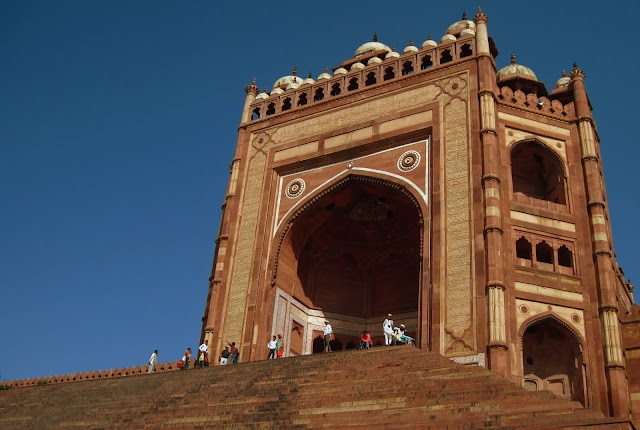
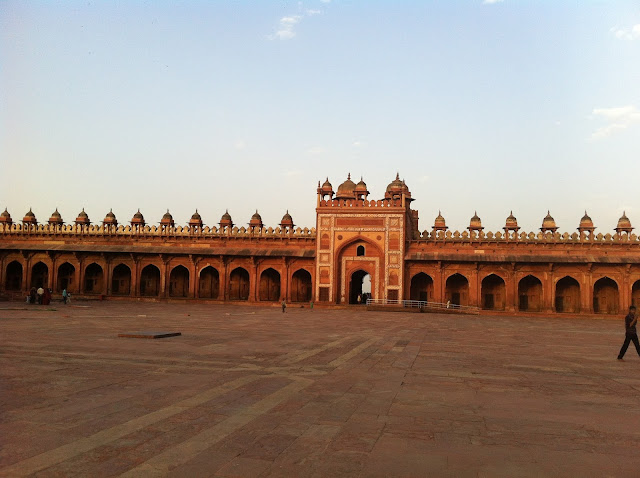



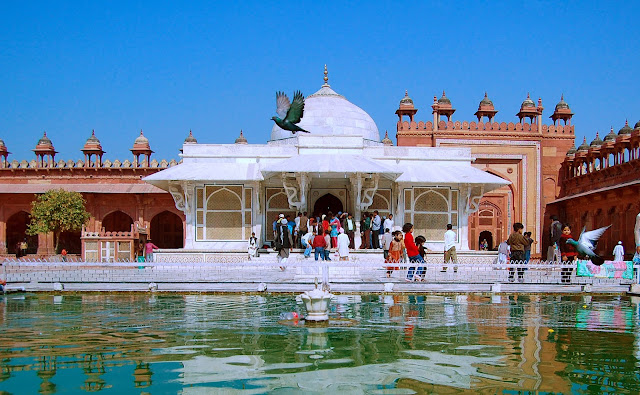








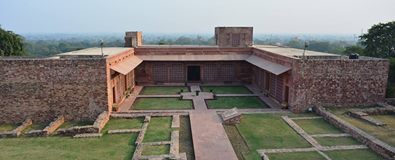


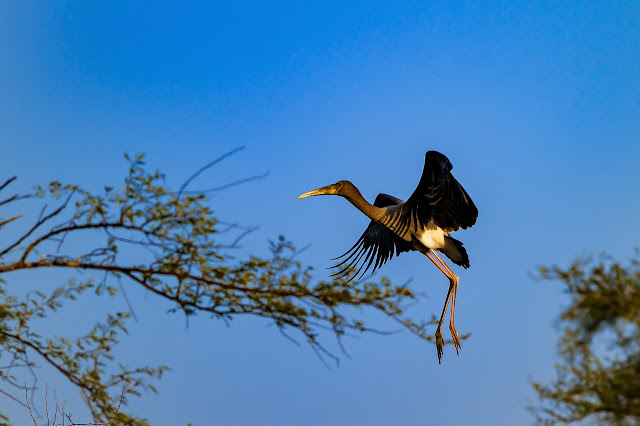




No comments:
Post a Comment